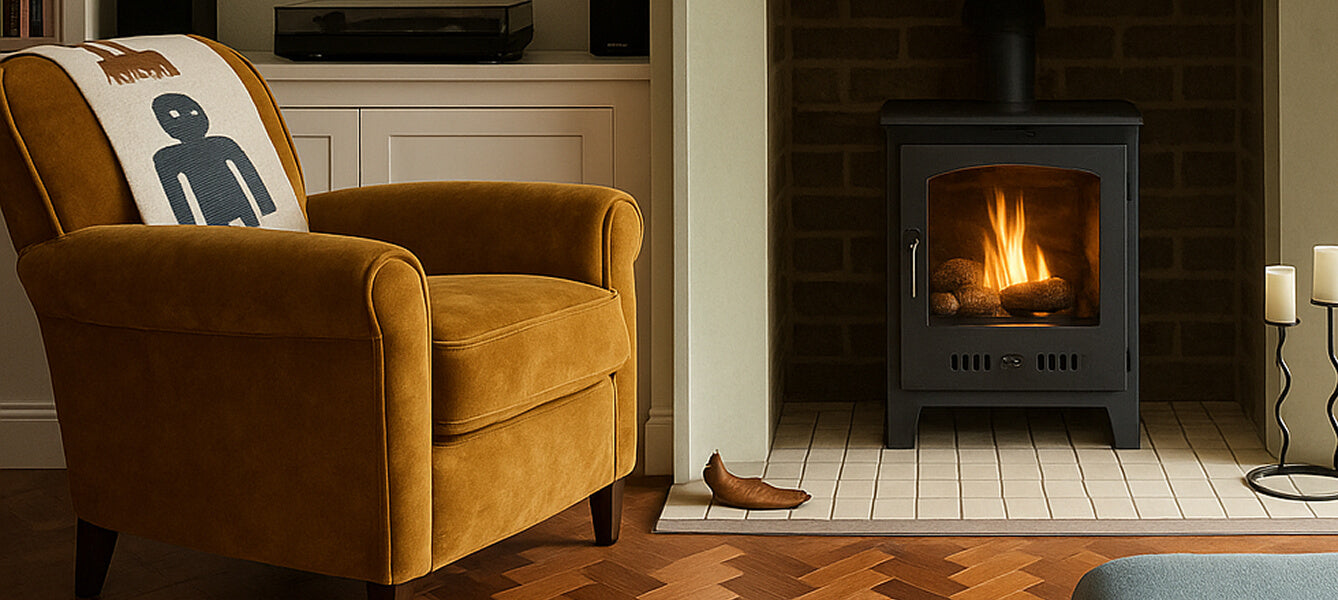We have tested our bioethanol fireplaces extensively with liquid bioethanol and do not recommend using gels with any of our products. Further, we have not tested our products to any of the British or European Standard requirements using any gel fuels, and thus we do not recommend them.
What's the difference between liquid bioethanol and gel?
Bioethanol liquid and bioethanol gel are essentially the same product, with differences in the fuel's viscosity. Both are made from bioethanol - a clean-burning carbon-neutral power source that effectively warms your home or the outside when burnt.
However, gels have a thickening agent added, which makes bioethanol a convenient no-spill medium for portable fires. Gels are often supplied in resealable and (sometimes) refillable tins — you place the container inside your fireplace or burner to enjoy a beautiful, gentle flame.
On the other hand, bioethanol liquid fuels are supplied in recyclable bottles and poured directly into your bioethanol fuel box. High-quality liquid bioethanol should be around 95% pure ethanol, with a denaturing agent that prevents human consumption.
Liquid bioethanol provides a consistent, warming flame that's easy to snuff out by using the slider on your fuel box.
Does bioethanol gel burn in the same way as liquid?
Gels tend to burn more slowly and less fiercely than liquid bioethanol because the thickening agent slows down the burning process.
Gels are great for outdoor burners, which can add charm and cosiness to your patio or garden, although they are suitable for some indoor bioethanol fireplaces. However, gels tend to produce less heat than liquids.
Can I use gel in an ImaginFires biofire?
ImaginFires bioethanol fireplaces are designed for liquid bioethanol only. We haven't tested gels for safety because our beautiful fireplaces are supplied with our premium-quality no-spill fuel box, allowing you to fill and burn your bioethanol fuel in the home safely.
We do not recommend the use of gels with any of our fireplaces.
